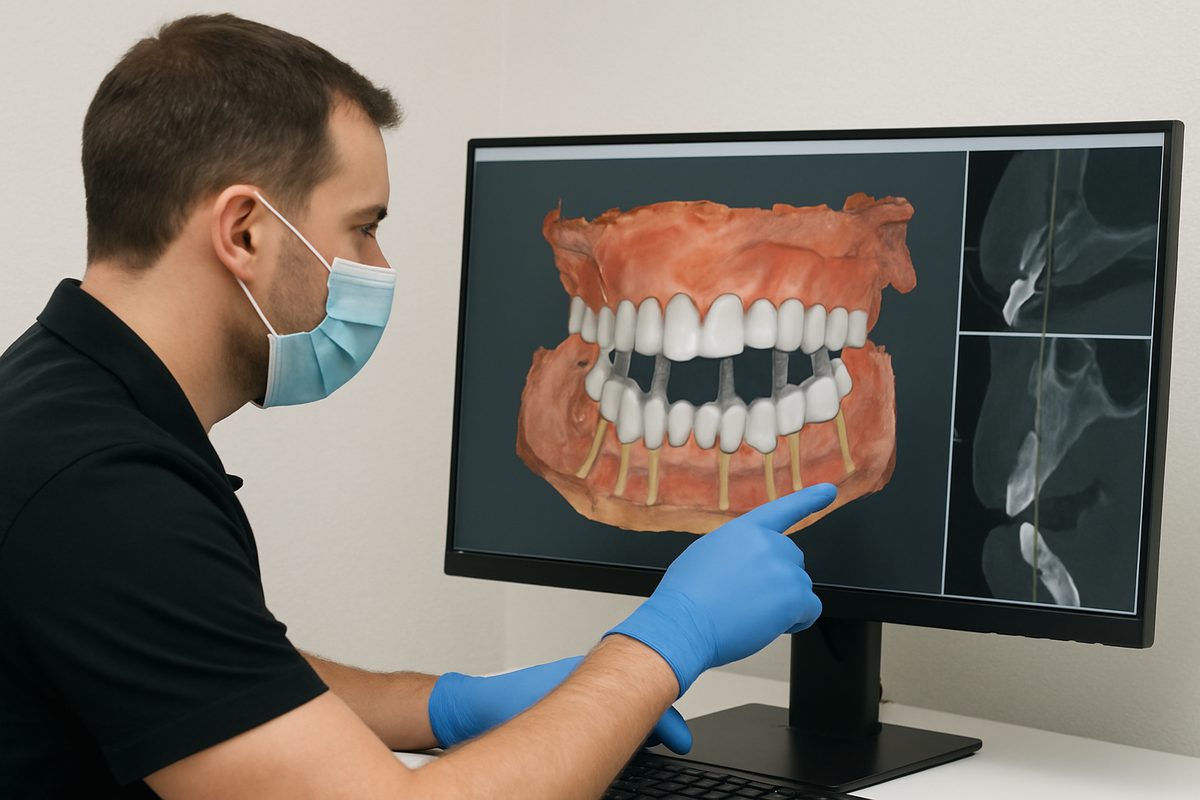Blog - [City], [state]
Tips, Facts, And The
Latest In Dentistry

What to Expect During Root Canal Therapy
Posted in Uncategorized
Posted on August 18, 2025 by Marc Cangiano

What is a root canal?
A root canal is a term used to describe a dental treatment done to get rid of teeth infections. It is formally called endodontic therapy and is used to treat a tooth with infected pulp. The tooth pulp contains nerve endings, root canals and blood vessels, and can get infected or inflamed by severe tooth decay or damage.
What happens during a root canal procedure
First, the dentist will administer local anesthesia to numb the teeth. Then a rubber dam will be placed over the tooth to keep the area dry and free of saliva. The rubber fits over the tooth and separates it from the surrounding parts. Afterward, the dental expert will prepare the tooth by drilling into the hollow area of the tooth known as the pulp chamber to access the infected tissues.
After drilling, the dentist will remove all the decayed or infected tissues in the pulp chamber – everything that makes up the pulp – a process known as pulpectomy. After removing the decay and bacteria, the dentist will use tooth canal files to clean the root canals of the tooth. The files are small tools of varying diameters that help to clean out the nerves in the roots.
Once the dentist removes the infection, they will clean the chamber by irrigating and filing it. At this stage, the dentist may decide to wait a week or two before completing the procedure. This is to ensure that there is no pain or further infection. In this case, the dentist will clean the tooth carefully, put some soothing material inside and seal it off with a temporary filling. When you come for your next appointment, the canals will be filled permanently with a rubber-like material called gutta-percha. Once filling the canals, the dentist will cap the tooth with a tooth-colored material.
After filling the tooth, the dentist may create space for a titanium post if required. Patients should get a dental crown over the treated tooth soon after to protect it. Removing the pulp weakens the tooth and may leave it vulnerable to cracks if it does not have a crown.




